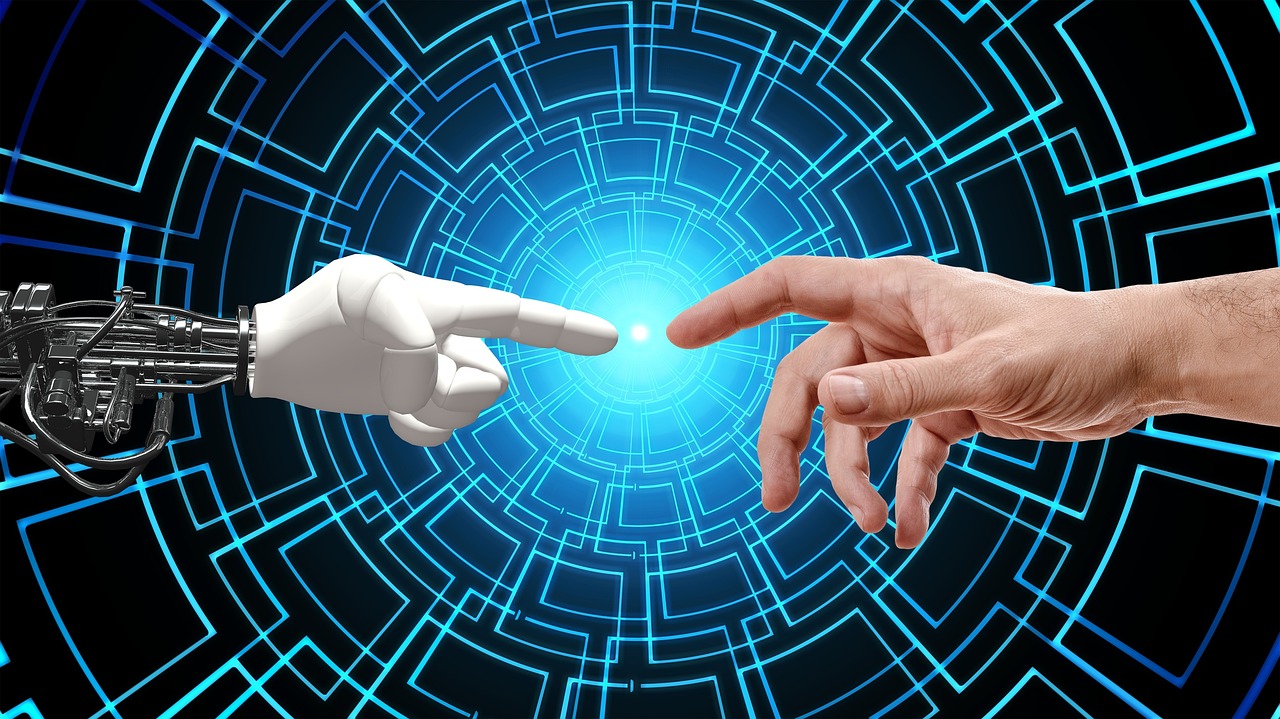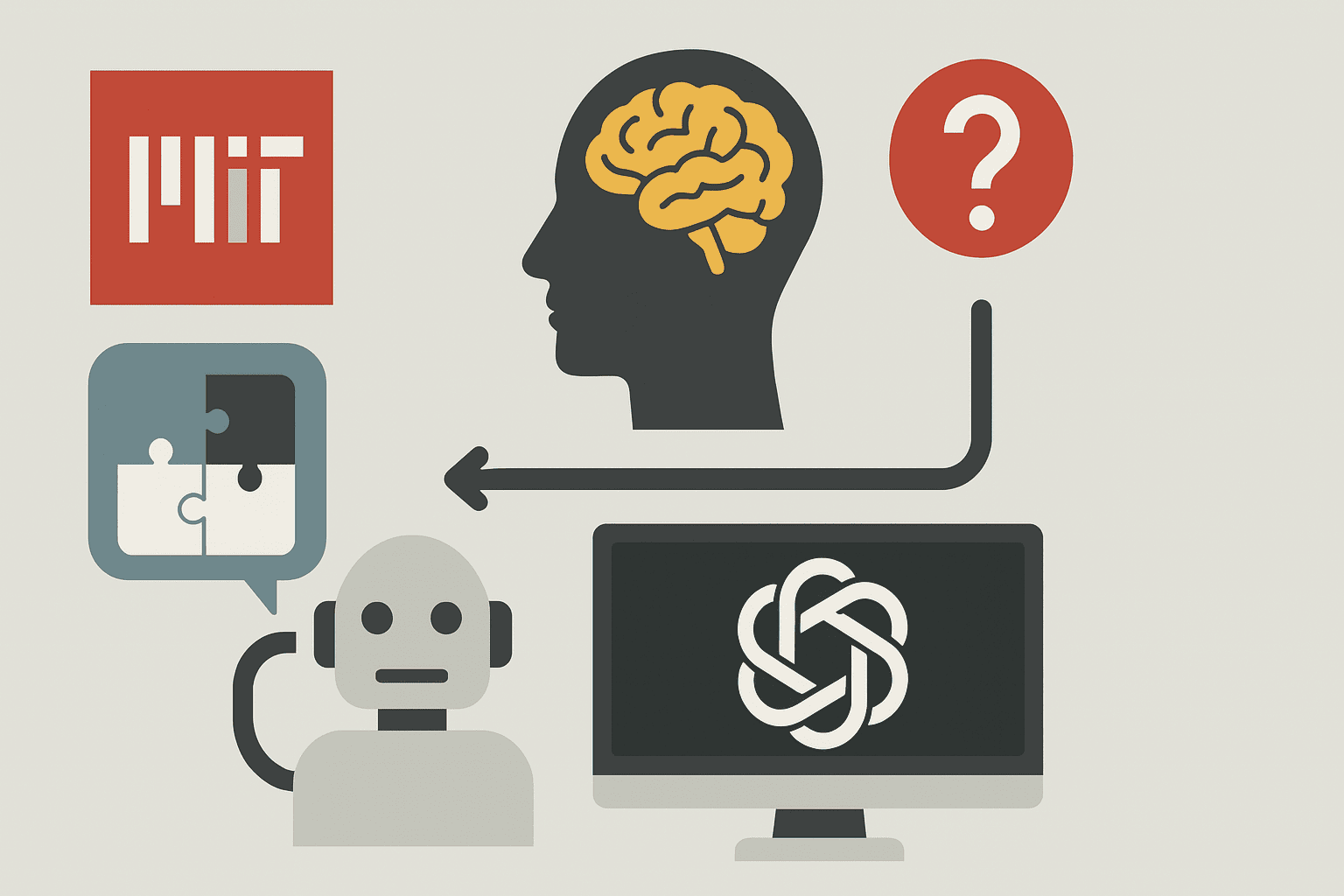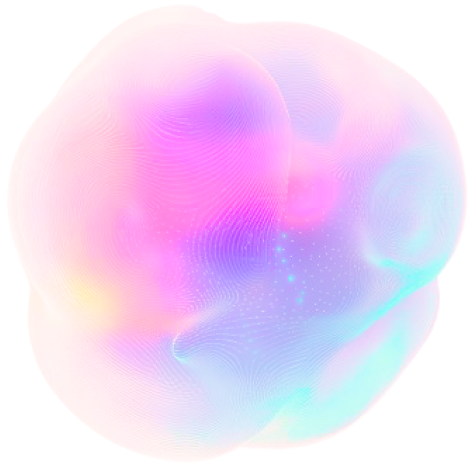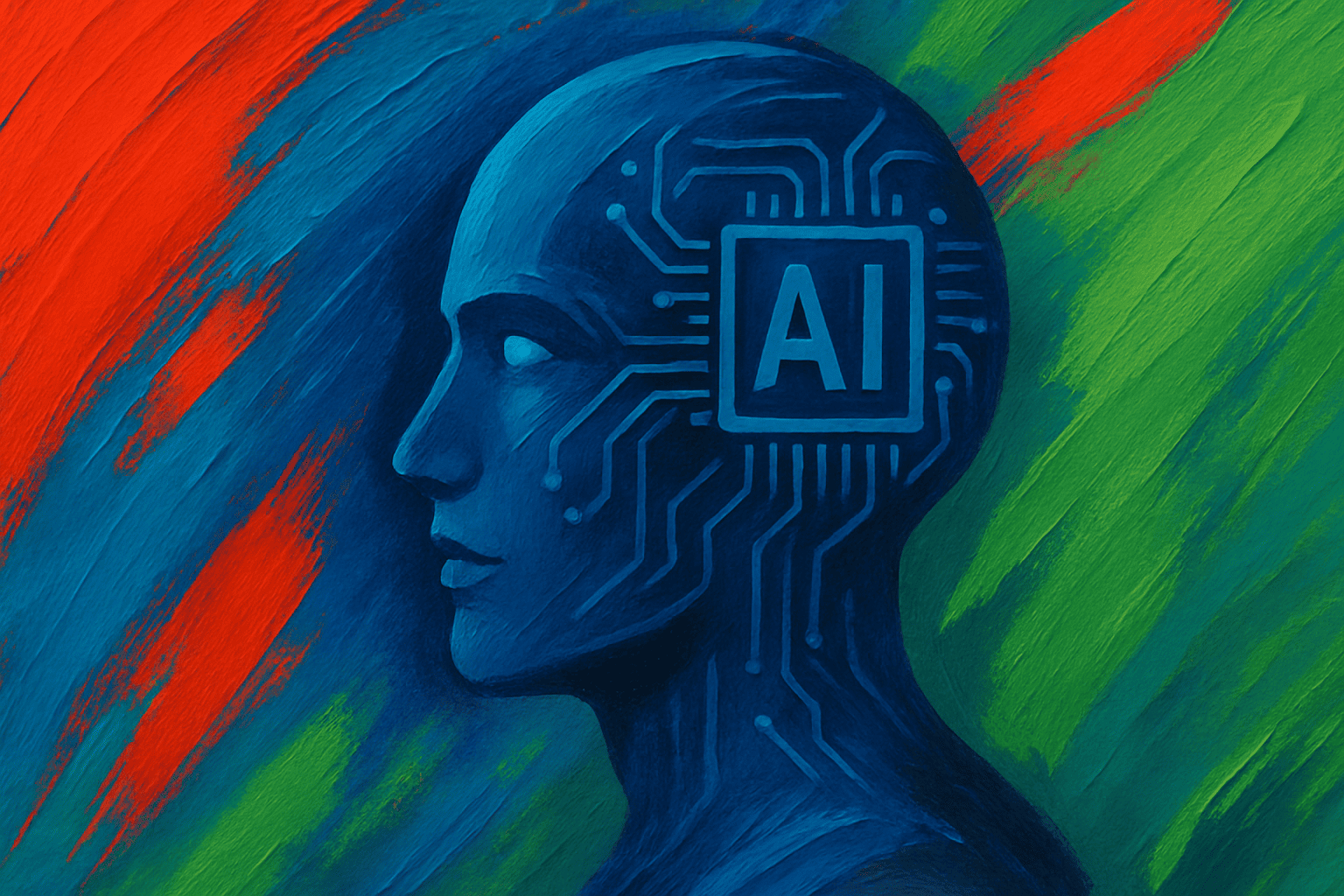Insider Brief
- AGI — or artificial general intelligence — is a theoretical type of artificial intelligence that can understand, learn and apply knowledge in a way that’s similar to human intelligence.
- Some experts say AGI is around the proverbial corner to around the proverbial corner in the far future.
- AGI would likely cause incredible disruption, sparking the excitement for and fear of this technology.
Picture a world where computers are not just smart—they’re as smart as us, or even smarter. That’s the dream — or for some, the nightmare — of what tech experts call “Artificial General Intelligence,” or AGI for short. It’s like the sci-fi movies where robots think for themselves, but this time, it’s in the real world. The idea of smarter-than-human AI is the focus of more and more conversations, from the scientists developing it to the rest of us scrolling through social media.
What is AGI?
First, What is AGI? Artificial General Intelligence (AGI) is a type of artificial intelligence that can understand, learn and apply knowledge in a way that’s similar to human intelligence. Unlike the specialized AI systems we commonly use today, which excel at specific tasks like playing chess or recommending movies, AGI would be able to perform a wide range of tasks, adapt to new situations, and solve problems it wasn’t specifically programmed to address. It would possess the flexibility and versatility of human cognition, allowing it to navigate different intellectual domains—from writing a poem to solving complex scientific equations—with proficiency comparable to, or exceeding, that of a human.
AGI Within This Decade?
So when are we going to see these super-smart computers? Is it time to roll out the welcome mat, or do we still have ages to wait?
Ben Goertzel, the CEO of AI and blockchain pioneer SingularityNET, told Decrypt—a tech news outlet—that this big breakthrough could be just around the corner. He estimates it could be three to eight years away. Why? Because of the recent advances we’ve seen with AI models that can chat like we do, including technology like ChatGPT. They’re not just a big deal in themselves, but they’re getting people excited about and investing more cash and brainpower to make AGI a reality.
However, not everyone’s buying that AGI is just around the block. In fact, some believe that’s AI hype. The difference between the AI we have today and AGI is like comparing a one-trick pony to a Swiss Army knife. Today’s AI can do one thing really well—say, play chess or recommend what song you might like next. But they can’t turn around and help you cook dinner or solve a crossword puzzle—they’re just not built for that.
Experts have a few different ideas about AGI. Some say it’s about building a system that can do all sorts of jobs better than humans, especially the ones closely associate with current occupations — and job replacement is one reason for the fear of AGI. But right now, no machine can replace the everyday folks like cashiers, cooks, or construction workers because those jobs need more than just a smart brain—they need physical presence in a lot of cases.
AGI Is Far Away?
Many researchers say that AI models, like ChatGPT, might be showing tiny flashes of AGI because it can tackle tricky stuff across the board—from math problems to laws and psychology—without anyone having to guide it through. However, some scientists suggest that the real power of these chatbots is fooling people to believe a good magic trick is actually real magic.
From a piece on AGI curated by Brookings: “Of course, there are also skeptics: As quoted in a May New York Times article, Carnegie Mellon professor Maarten Sap said, ‘The ‘Sparks of A.G.I.’ is an example of some of these big companies co-opting the research paper format into P.R. pitches.’ In an interview with IEEE Spectrum, researcher and robotics entrepreneur Rodney Brooks underscored that in evaluating the capabilities of systems like ChatGPT, we often ‘mistake performance for competence.'”
It’s Complicated
Scientists say that intelligence isn’t just a yes or no kind of deal. It’s like looking at animal smarts. We don’t just label them “clever” or “dumb.” There is a vast spectrum of intelligence in the world, and the same goes for computers. As they get better, figuring out if they’ve hit AGI will be more about shades of grey than black or white.
So, what does all this mean for us regular folk? If and when AGI arrives, it’s going to shake things up big time. It could flip the job market upside down and really make us think about what being smart means. Plus, with great power comes great risk—we’ve got to make sure these super-smart computers play fair and aren’t loaded with the same biases humans have.
But it’s not all doom and gloom. AGI could be a game-changer for good too. Imagine doctors teaming up with AGI to find cures faster or getting a top-notch education without having to shell out big bucks because your personal tutor is an AI.
The bottom line? There’s no crystal ball to tell us exactly when AGI will come knocking. But whether it strolls or sprints into our lives, it’s bound to transform our world. It’s up to us to get ready for the ride and make sure these brainy machines are a force for good, helping everyone and not just a few.






